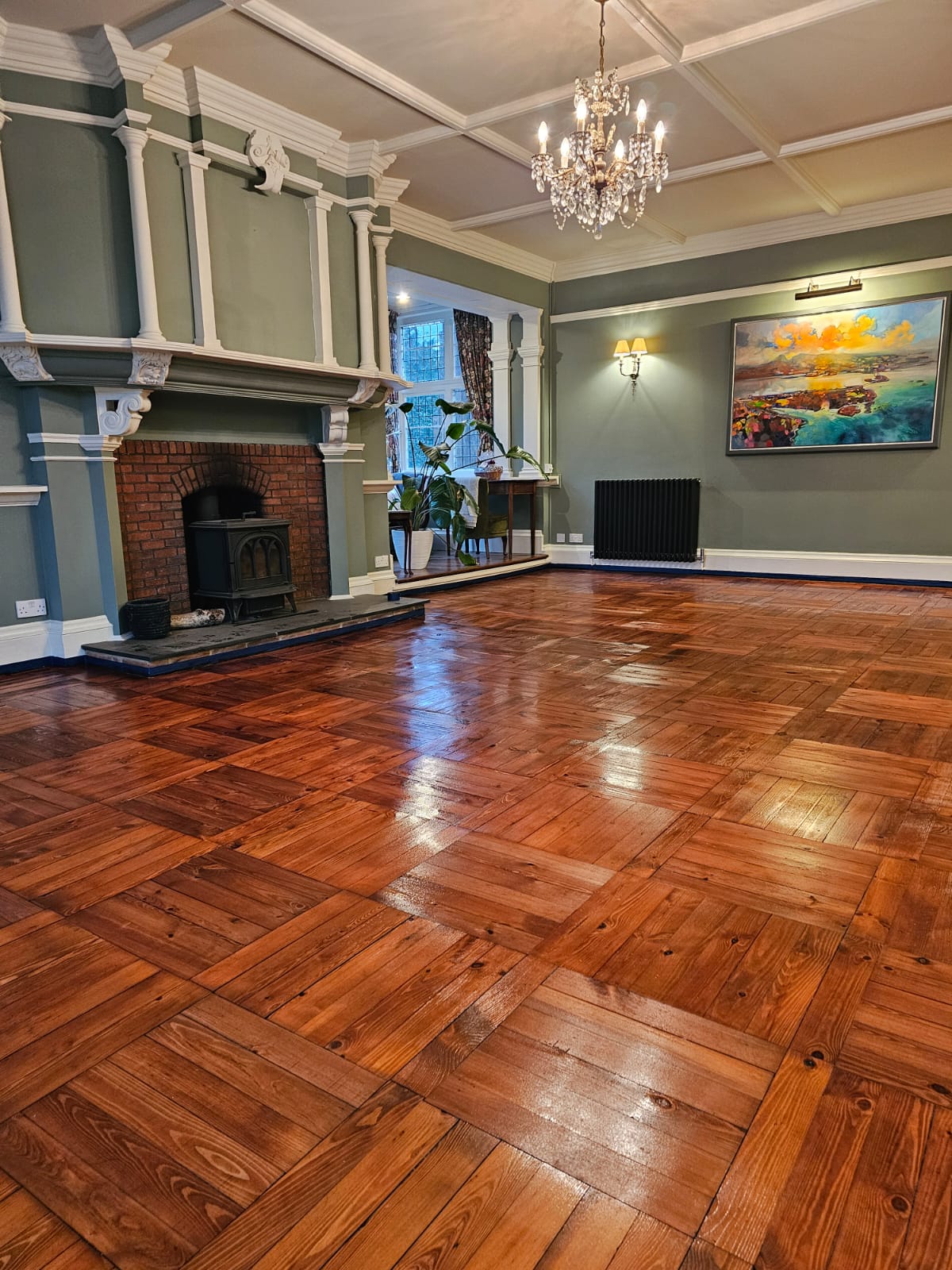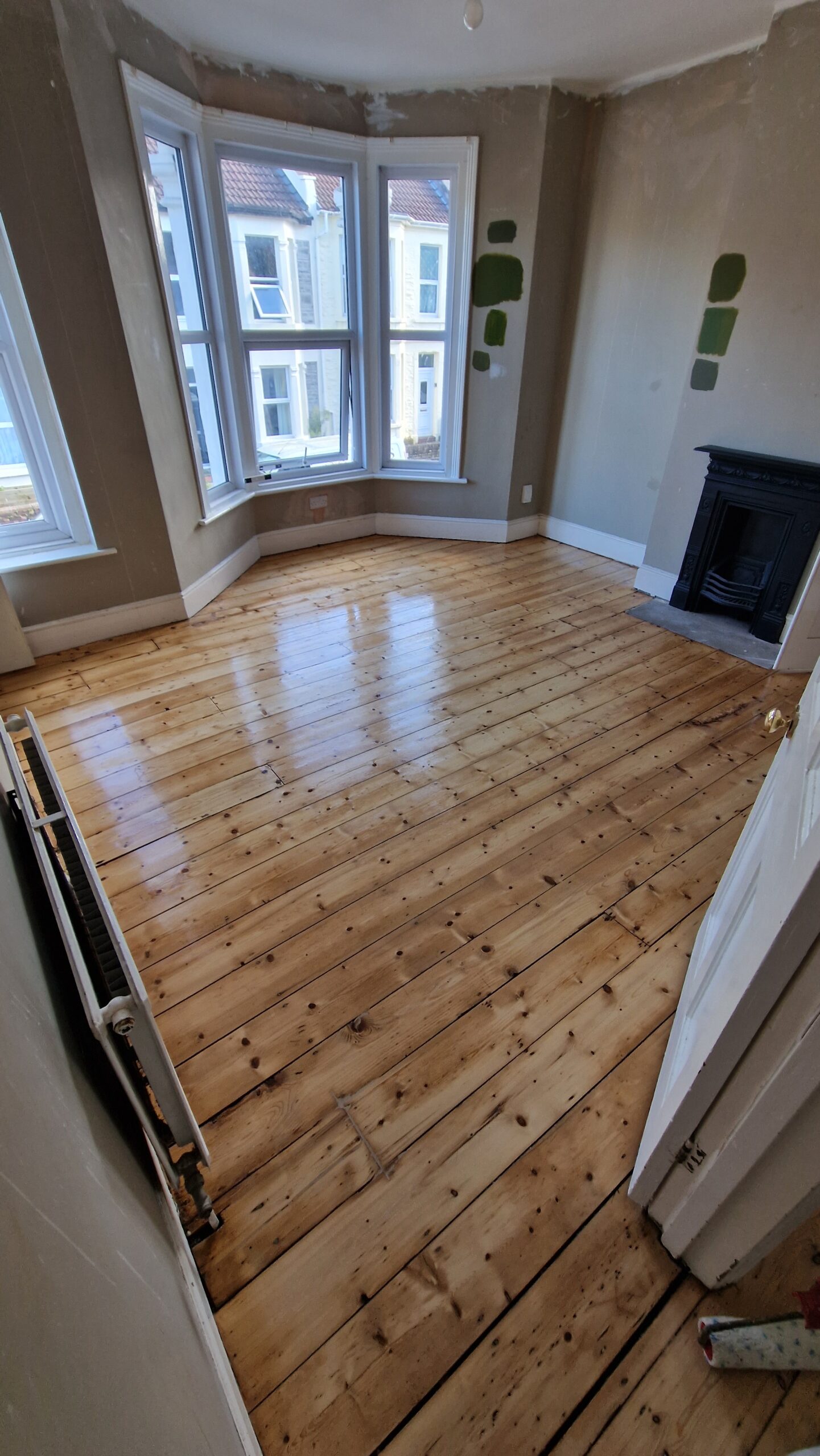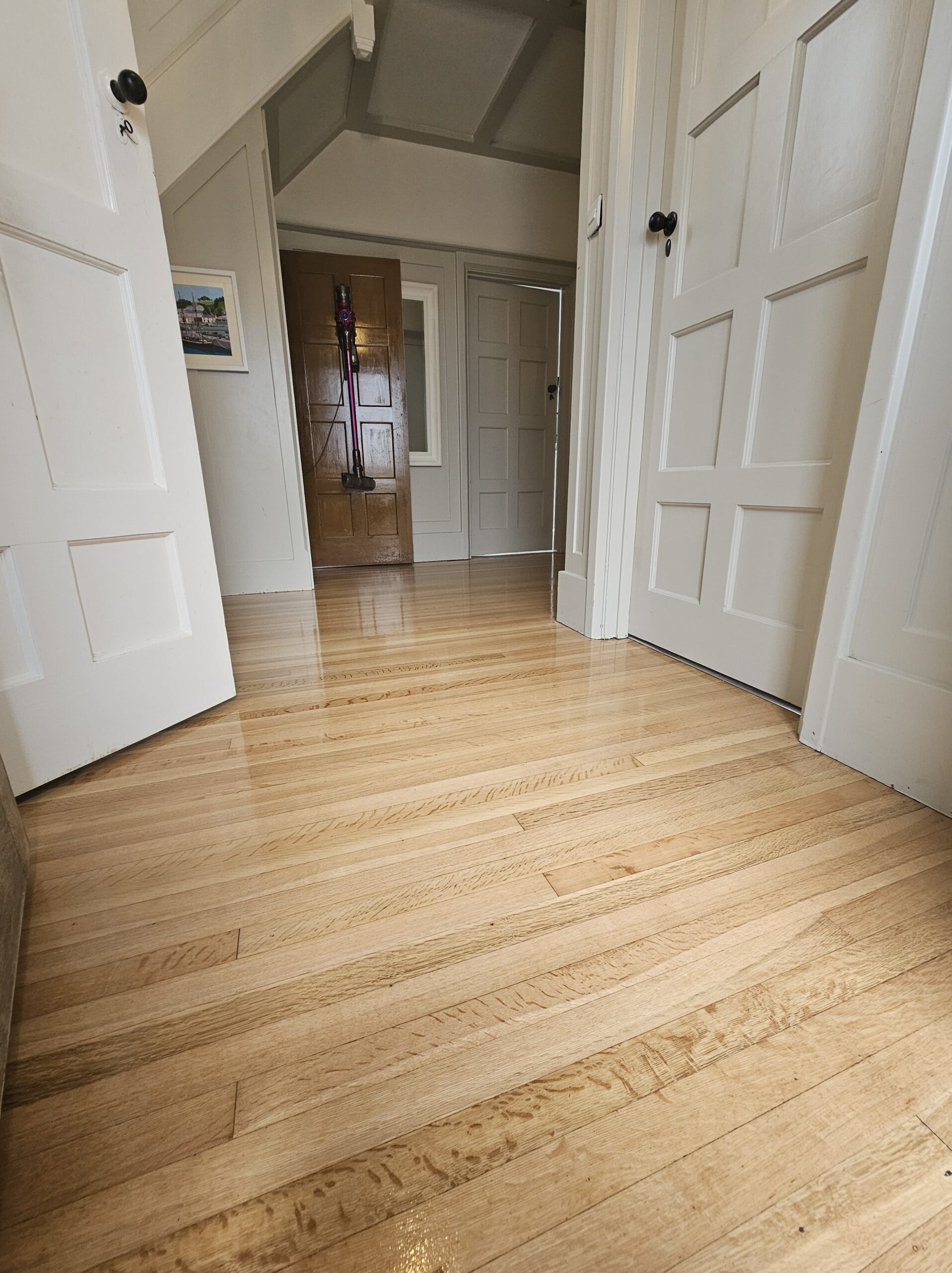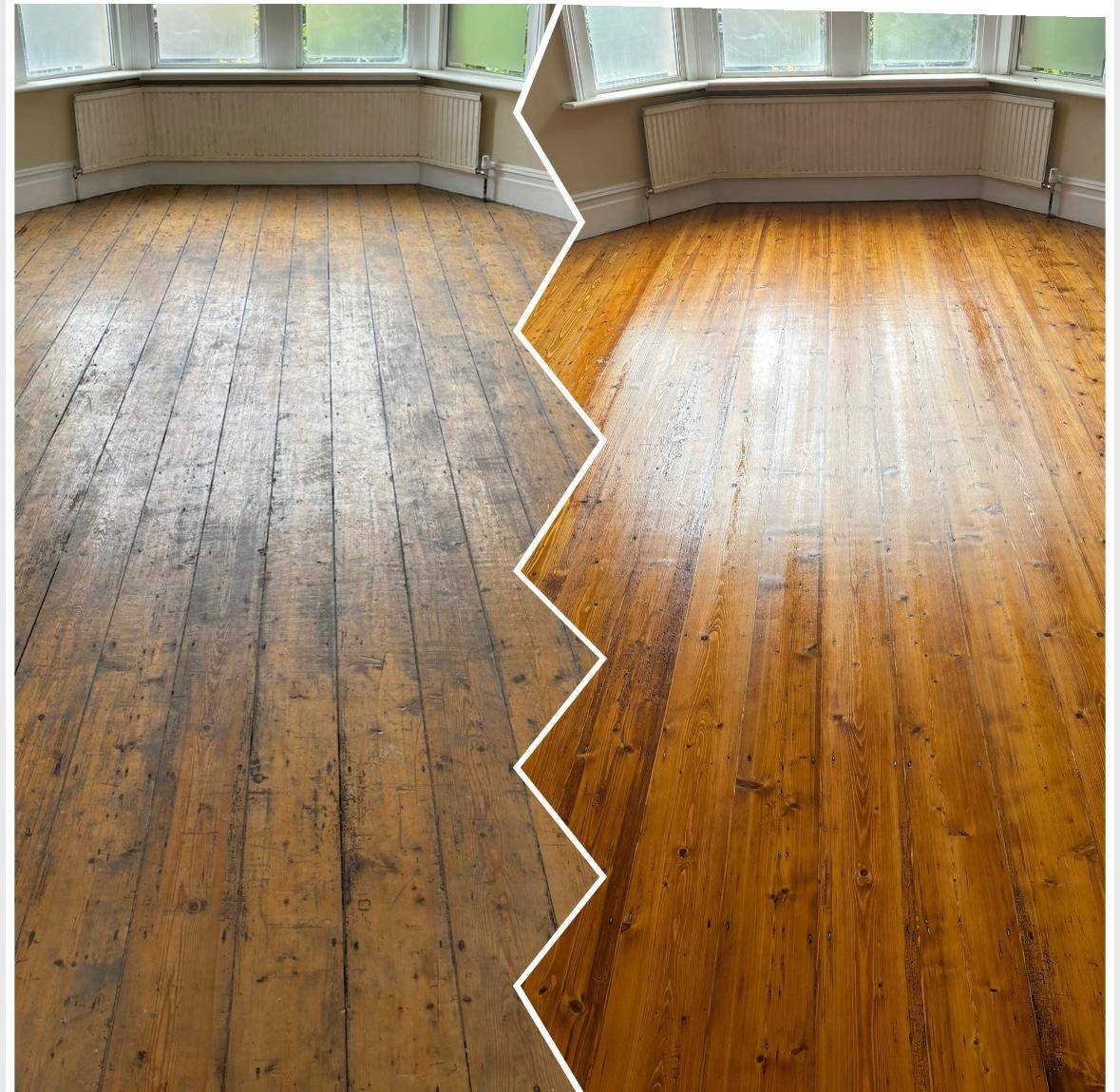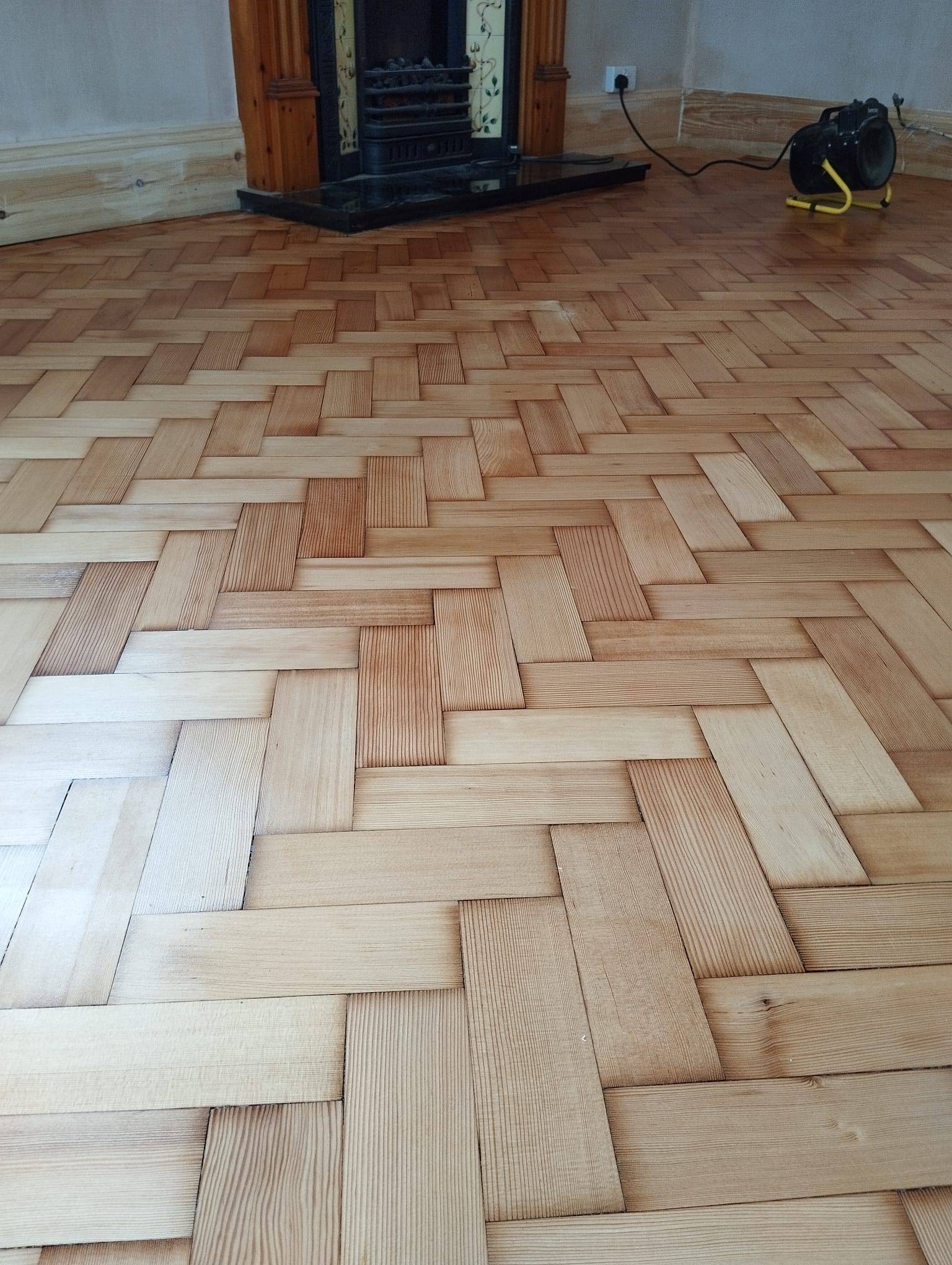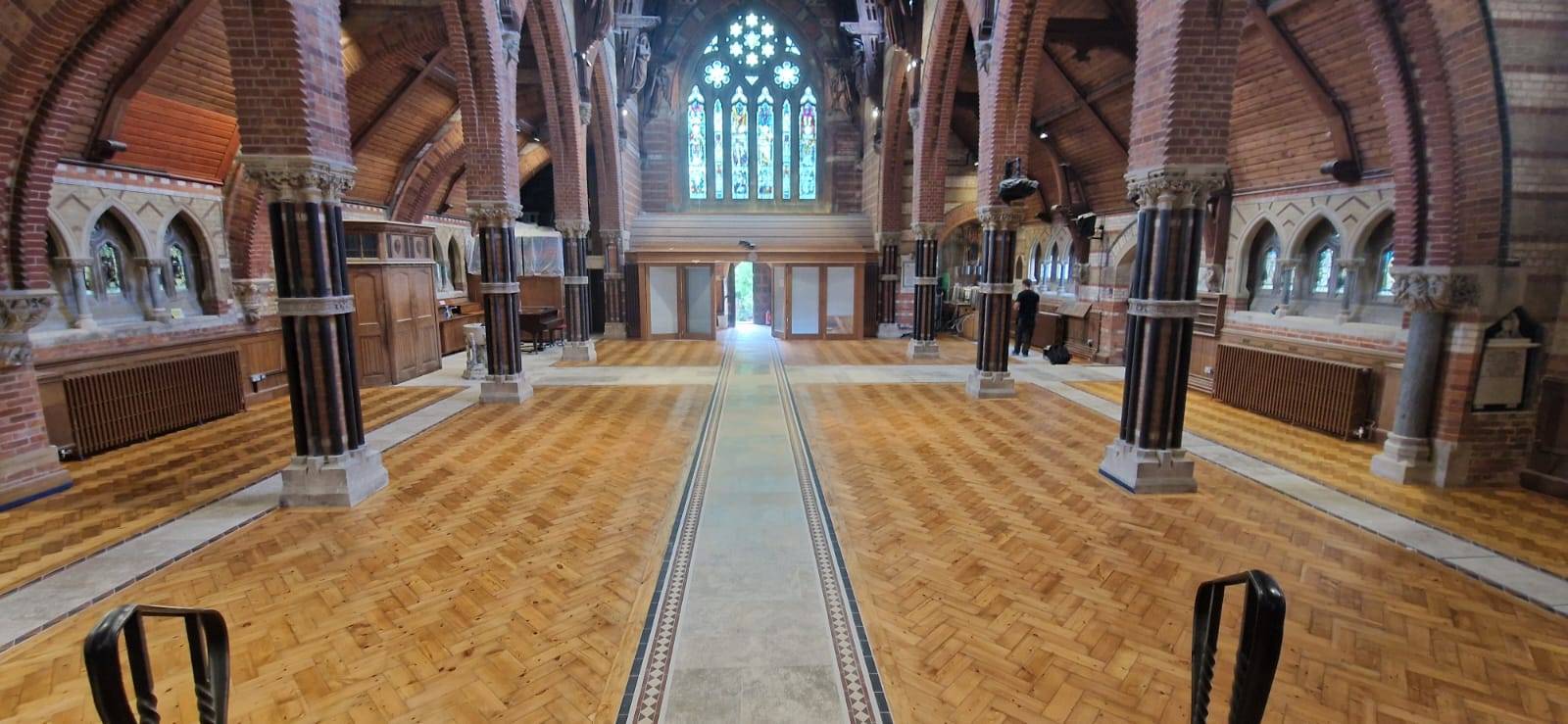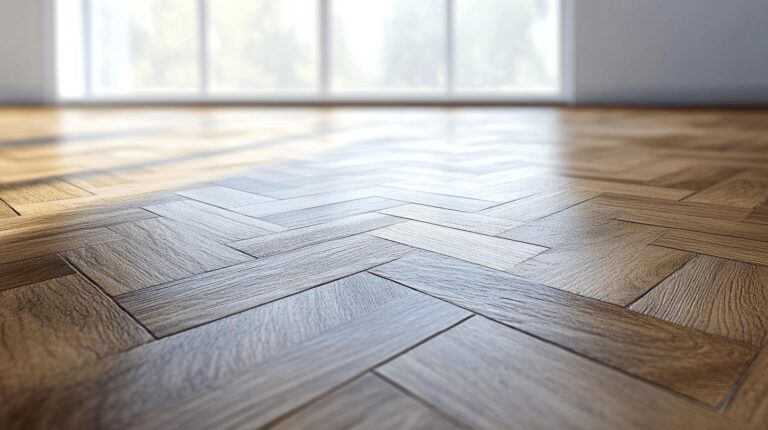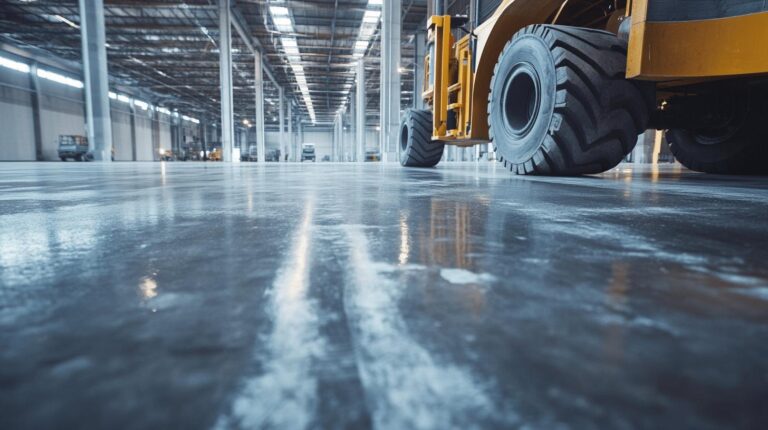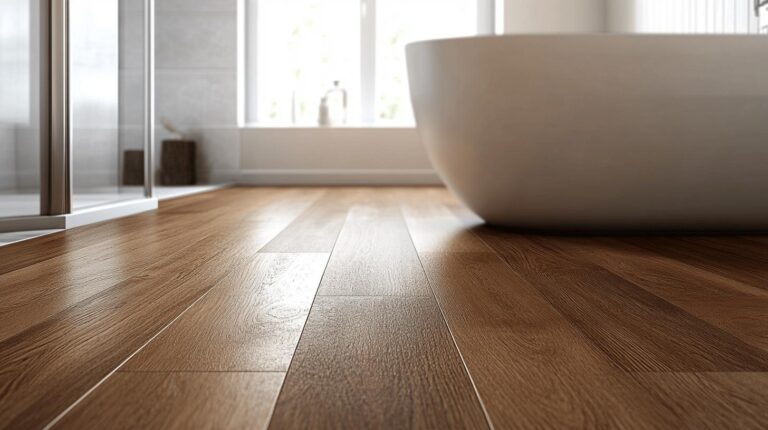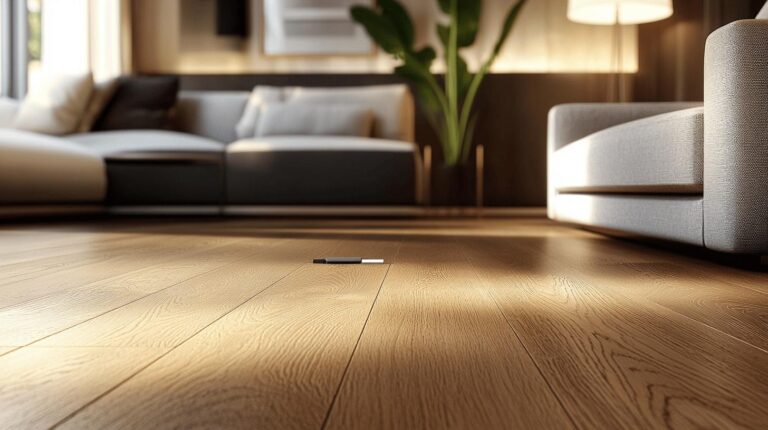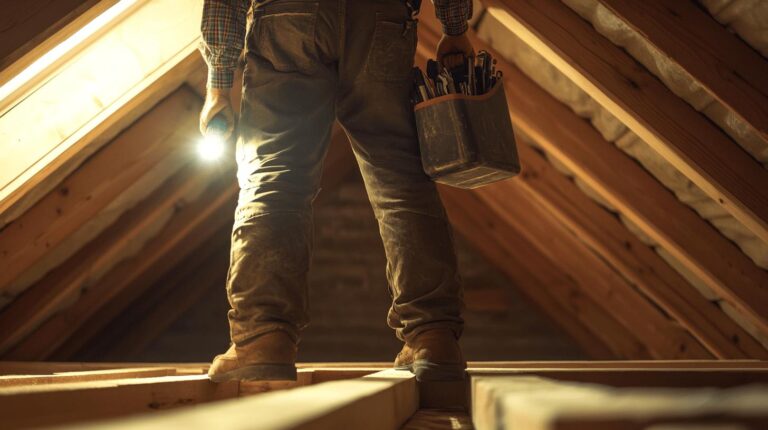Ever wondered how exhibition halls accommodate diverse events without compromising structural safety? The secret lies in mastering the art of variable load dynamics. Whether it’s static, dynamic, or point loads, each type brings its own challenges—right down to how foot traffic affects floor performance. With structural integrity at the heart of both safety and functionality, the stakes are high. Ryan’s Restoration specialises in navigating these complex terrains to ensure your exhibition space not only meets load requirements but excels in showcasing your event. Explore the intricacies and solutions with us.
Understanding Variable Load Requirements for Exhibition Hall Floors
Exhibition hall floors are engineered to accommodate diverse load types, ensuring the safety and functionality of the space. These loads include static loads, which refer to non-moving weights such as exhibits and furniture; dynamic loads, which involve moving or changing pressures like people walking or equipment being moved; and point loads, which are concentrated weights applied at a single point, such as heavy machinery or display units. Each event hosted in an exhibition hall can demand different load requirements based on the type of event, the equipment utilised, and the anticipated foot traffic. This variability necessitates a comprehensive understanding and planning to ensure the floors can support the intended activities safely.
Structural integrity is paramount in managing these varying loads, as it directly influences the safety and functionality of the exhibition space. A floor that maintains its structural integrity under different loading conditions prevents potential hazards such as floor failures, which could lead to safety incidents or damage to the floor itself. Ryan’s Restoration excels in ensuring this structural integrity, offering expertise in adapting exhibition hall floors to support the specific load requirements of different events. Their specialised services guarantee that the floors remain robust and reliable, safeguarding both the exhibitors and the attendees.
- Static Loads: Non-moving weights like exhibits and furniture.
- Dynamic Loads: Moving pressures from foot traffic and equipment.
- Point Loads: Concentrated weights at specific points, e.g., machinery.
- Event-Specific Requirements: Varying needs based on event type and usage.
- Structural Integrity: Essential for safety, preventing floor failures and hazards.
Assessing Load-Bearing Capacity in Exhibition Spaces
Accurate assessment of load-bearing capacity is a critical component in ensuring the safety and functionality of exhibition spaces. The ability of a floor to support various loads without compromising safety is determined through meticulous load calculation methods. These calculations consider factors such as the materials used in floor construction, the design of the flooring system, and the existing support structures. Engineering assessments must be comprehensive to prevent any potential structural failures that could lead to hazardous situations during events. Understanding the load-bearing capacity allows for the appropriate planning of exhibitions, ensuring that the floors can handle the expected loads safely and effectively.
Load Calculation Techniques
- Finite Element Analysis (FEA): This method involves simulating the floor structure under various load conditions using computational models to predict responses such as stress and displacement.
- Load Testing: Involves physically applying loads to the floor and measuring the responses to ensure it can handle the expected pressures without failure.
- Beam Deflection Analysis: Calculates the bending and deflection of beams under load, ensuring they remain within safe limits.
- Material Stress Testing: Evaluate the strength of materials used in the flooring to determine their ability to withstand different loads.
A notable example of successful load assessment can be seen in high-capacity venues where meticulous calculations have enabled the safe hosting of large-scale events. For instance, in venues that routinely host concerts and exhibitions, engineering teams conduct detailed assessments to certify the adequacy of the flooring for dynamic and static loads. Ryan’s Restoration is at the forefront of these assessments, employing advanced techniques like Finite Element Analysis to ensure that exhibition hall floors are optimally managed. Their expertise ensures that the flooring solutions provided are not only robust but also tailored to the specific demands of each event, guaranteeing safety and performance.
Best Practices for Exhibition Floor Design

Designing floors for exhibitions is a complex task that demands careful attention to load management to ensure durability and effective load distribution. Proper floor design is crucial, as it directly affects the floor’s ability to support the diverse types of loads encountered during events. Using the right materials and reinforcement techniques not only enhances the floor’s resilience but also extends its lifespan, ensuring safety and functionality for every exhibition.
| Material | Technique | Benefit |
|---|---|---|
| Reinforced Concrete | Steel Supports | Increased Load Bearing |
| High-Strength Composites | Advanced Polymers | Enhanced Durability |
| Engineered Wood | Cross-Lamination | Improved Structural Integrity |
Ryan’s Restoration applies these best practices by selecting materials and techniques tailored to the specific needs of each exhibition hall project. By incorporating resilient materials such as reinforced concrete and high-strength composites, they ensure the floors can withstand varying load conditions. Their use of steel supports and advanced polymers enhances the load distribution capabilities of the floors, while cross-laminated engineered wood improves overall structural integrity. This holistic approach guarantees that the floors are not only robust and resilient but also optimised for safety and performance, meeting the dynamic demands of any exhibition setting.
Temporary and Modular Flooring Solutions
Temporary and modular flooring solutions have become indispensable in the dynamic environment of exhibition halls. Their primary advantage lies in their ability to provide flexibility and adaptability, catering to a wide range of events with differing requirements. These systems are particularly beneficial for events that necessitate frequent layout changes, such as trade shows and conventions. The modular nature of these flooring systems allows for quick installation, significantly reducing downtime between events and enabling rapid transitions. Ryan’s Restoration excels in delivering customisable modular flooring solutions, ensuring that each exhibition hall is equipped to handle the unique demands of any event, enhancing both functionality and aesthetics.
- Quick Installation: Enables rapid setup and transitions, minimising event downtime.
- Flexibility: Adaptable to various event layouts and requirements, offering bespoke solutions.
- Cost-Effectiveness: Reduces the need for permanent flooring changes, saving time and resources.
Safety Standards and Compliance in Exhibition Hall Flooring
Adhering to safety standards is essential for the seamless operation of exhibition halls. Compliance with local regulations ensures that the flooring systems are structurally sound and capable of supporting the diverse loads encountered during events. Regular inspections are a critical component of this compliance process, providing verification that the flooring remains in optimal condition and meets all necessary safety criteria. Exhibition halls must follow these regulations to prevent any structural failures or safety hazards that could jeopardise the safety of both exhibitors and visitors.
Safety protocols play a vital role in mitigating potential risks associated with exhibition hall flooring. These protocols include conducting thorough risk assessments to identify and address hazards such as slips, trips, and load failures. Regular inspections are necessary to ascertain the ongoing integrity of the flooring and to implement any required maintenance or repairs promptly. Ryan’s Restoration is committed to upholding these safety standards, ensuring that all flooring solutions comply with the highest safety requirements. Their expertise in risk assessment and structural compliance guarantees that exhibition hall floors are safe, reliable, and fit for purpose.
Innovative Flooring Techniques for Enhanced Load Management

Innovative flooring techniques are revolutionising the way exhibition halls manage variable loads, offering advanced solutions that improve both safety and durability. These cutting-edge methods focus on enhancing load distribution and extending the lifespan of flooring systems through the integration of smart technologies and adaptive materials. By leveraging these advancements, exhibition halls can ensure that their flooring systems are not only robust but also capable of handling diverse load conditions efficiently.
Smart Flooring Technologies
Emerging technologies in smart flooring are paving the way for more intelligent and responsive load management systems:
- Smart Sensors: Embedded in flooring materials, these sensors monitor load distribution in real time, providing valuable data that helps optimise floor usage and prevent overloading.
- Adaptive Materials: These materials can alter their properties in response to load changes, enhancing flexibility and resilience to accommodate varying pressures and weights.
- Integrated Control Systems: These systems use data from smart sensors to adjust floor configurations automatically, ensuring optimal load distribution and reducing the risk of structural failures.
Ryan’s Restoration is at the forefront of integrating these innovative technologies into their flooring solutions, offering superior load management for exhibition halls. By incorporating smart sensors and adaptive materials into their designs, they provide floors that can intelligently respond to changing load conditions, improving both safety and performance. Their use of integrated control systems further enhances the ability to manage loads dynamically, ensuring that each flooring solution is tailored to the specific needs of the exhibition space. This commitment to innovation ensures that Ryan’s Restoration remains a leader in advanced flooring engineering, delivering reliable and efficient solutions for any exhibition setting.
Final Words
Exploring the intricacies of exhibition hall floors reveals the significance of managing variable load requirements. Understanding static, dynamic, and point loads ensures structural integrity, which is essential for safety and functionality. Assessing load-bearing capacity through precise calculations and engineering assessments underpins effective floor management. Best practices in floor design, including materials and reinforcement techniques, enhance durability and resilience.
Temporary and modular solutions offer adaptability, meeting event-specific needs while adhering to safety standards to guarantee secure operations. Innovative flooring techniques, supported by smart technologies, pave the way for advanced load management. Ryan’s Restoration remains committed to integrating these strategies, offering reliable and high-quality solutions for exhibition floor challenges.
FAQ
Q: What are the variable load requirements for exhibition hall floors?
A: Exhibition hall floors must support static, dynamic, and point loads, which vary with event type, equipment, and foot traffic.
Q: How important is structural integrity for exhibition hall floors?
A: Structural integrity is crucial for safety and functionality, ensuring the floor can accommodate variable loads without failure.
Q: What methods are used to assess load-bearing capacity in exhibition spaces?
A: Accurate load assessments utilise methods such as finite element analysis to evaluate floor materials, design, and supports.
Q: What are the best practices for designing exhibition floors?
A: Effective design includes durable materials, reinforcement techniques like steel supports and resilient composites to handle loads.
Q: What temporary and modular flooring solutions are available for exhibitions?
A: Temporary and modular systems offer quick installation and adaptability, which is a deal for events with frequent layout changes.
Q: Why is it essential to adhere to safety standards in exhibition hall flooring?
A: Compliance with safety standards ensures adherence to regulations, minimises risks and maintains operational safety.
Q: What innovative flooring techniques are used for enhanced load management?
A: Cutting-edge techniques include smart flooring technologies, advanced engineering supports, and adaptive materials for better load management.

